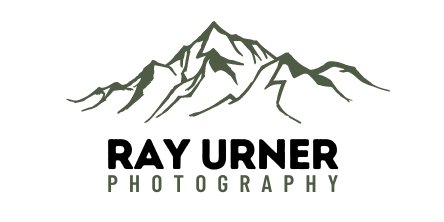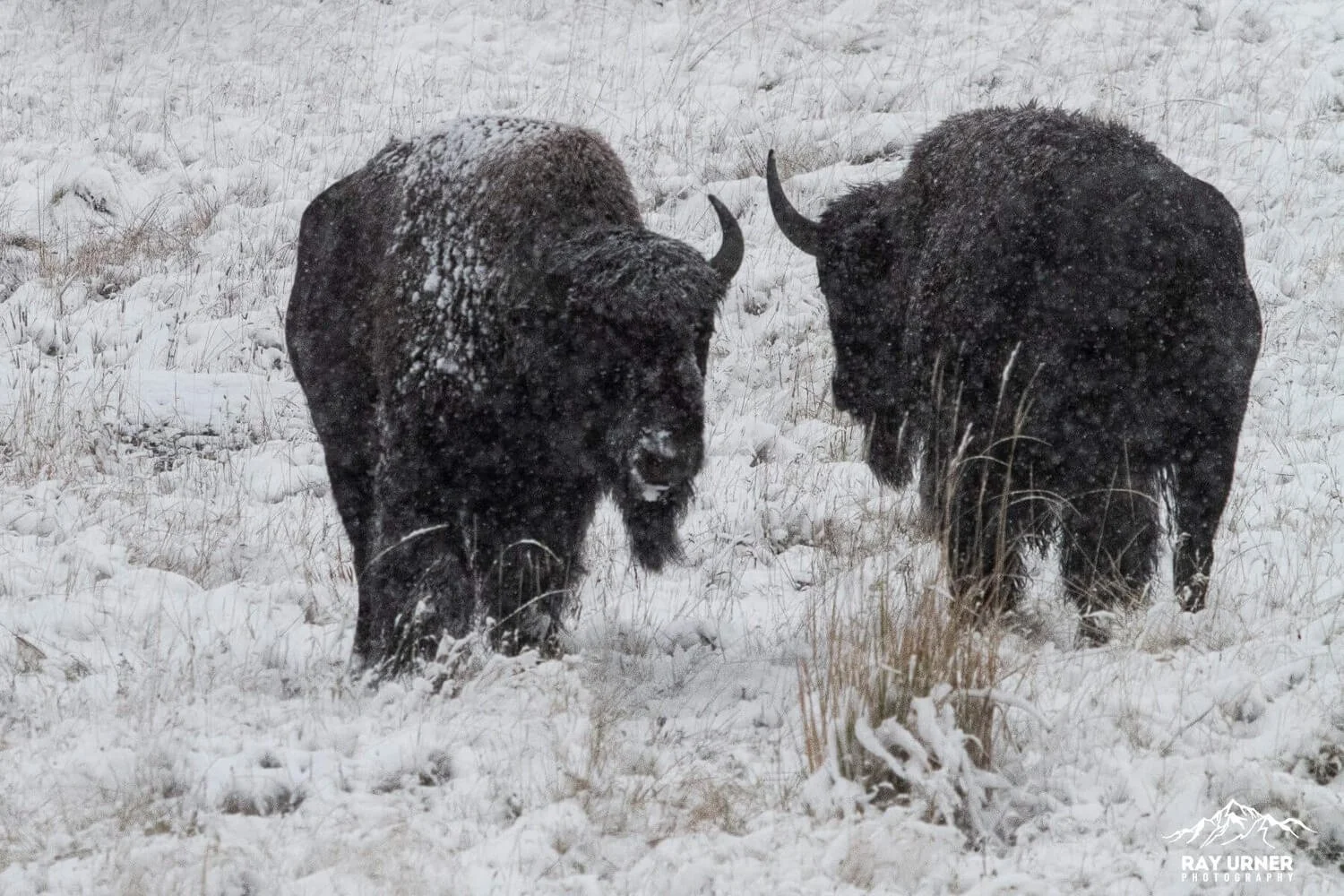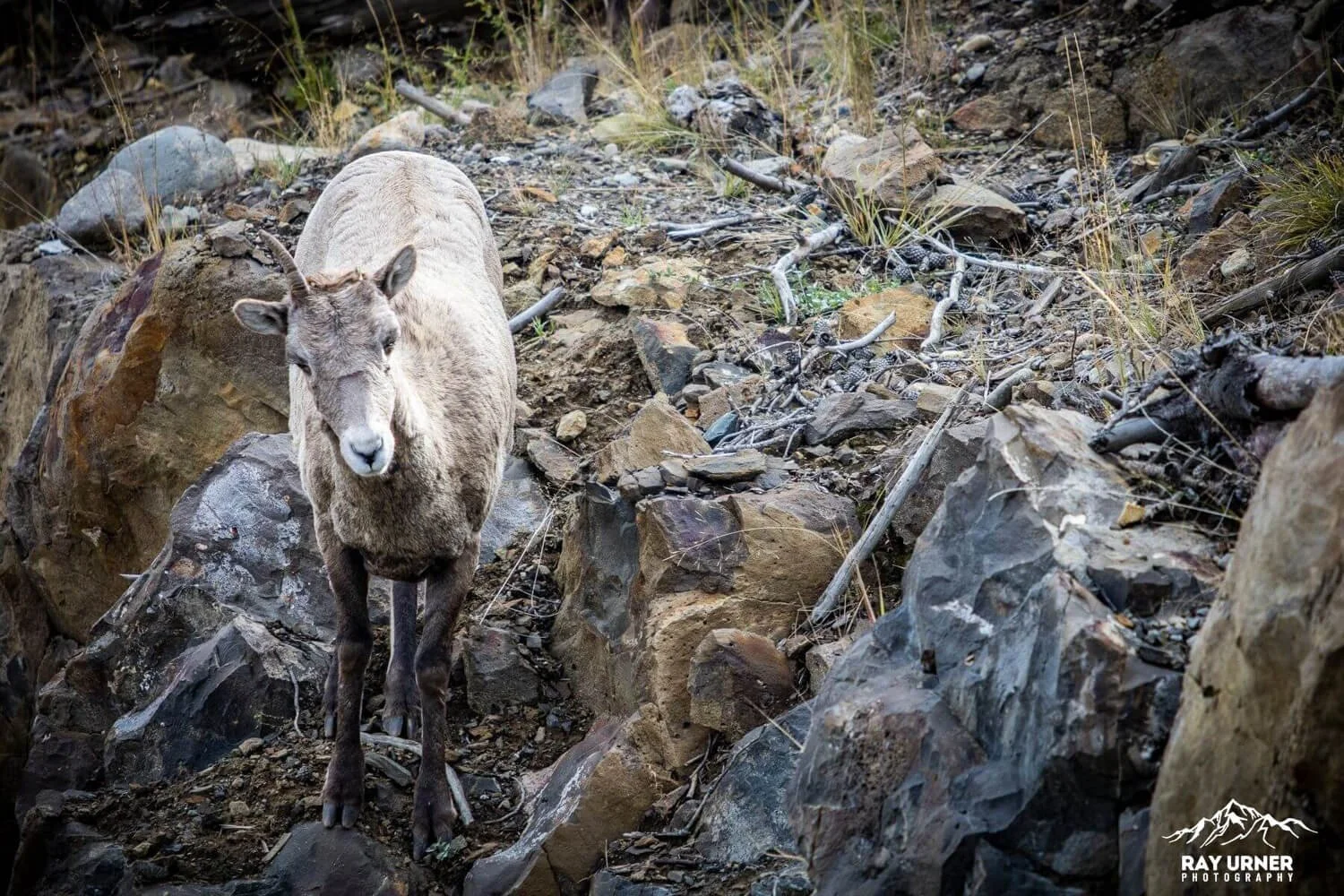Lamar Valley Wildlife
If Yellowstone is a symphony of geothermal wonders, then Lamar Valley is its quiet, majestic overture—where wildlife roams freely across sweeping meadows, cottonwood groves, and winding rivers. Often called the “Serengeti of North America,” this northeastern corner of the park is a paradise for wildlife photographers seeking dramatic encounters with bison, wolves, elk, and more.
Location & Access
Where: Northeast Yellowstone, along Northeast Entrance Road
Best Pullouts: Soda Butte, Hitching Post, and Lamar River Trailhead
Best Time to Visit: Dawn and dusk for peak wildlife activity and golden light
Wildlife of Lamar Valley: Land Mammals
Lamar Valley is one of the best places in the world to photograph large mammals in their natural habitat. Here’s what you might encounter:
Bison
Behavior: Often seen grazing in herds or crossing the road
Photo Tips: Use a telephoto lens (200mm+) and shoot during golden hour for dramatic backlighting
Safety: Stay at least 25 yards away—bison can be unpredictable
Elk
Seasonal Behavior: Bugling in fall during rut; grazing in spring and summer
Photo Tips: Capture antlers silhouetted against sunrise or misty meadows
Gray Wolves
Best Time: Early morning in winter or spring
Habitat: Often spotted near riverbanks or tree lines
Photo Tips: Bring a super-telephoto lens (400mm+) and be patient—wolves are elusive
Black Bears & Grizzlies
Best Time: Spring and early summer
Habitat: Forest edges and river corridors
Safety: Stay 100 yards away and carry bear spray
Coyotes, Foxes & Badgers
Behavior: Often seen hunting rodents in open fields
Photo Tips: Use burst mode to capture pounce sequences
Waterfowl & Birds of Prey
Lamar Valley’s rivers and wetlands attract a variety of avian species, offering excellent opportunities for bird photography.
Ducks, Geese & Trumpeter Swans
Habitat: Soda Butte Creek and Lamar River
Photo Tips: Capture reflections and water movement with a polarizing filter
Bald Eagles & Ospreys
Habitat: Nesting near Lamar River
Photo Tips: Look for fishing behavior—use fast shutter speeds to freeze action
Great Horned Owls
Best Time: Dusk and early evening
Habitat: Cottonwood groves and cliffs
Flora of Lamar Valley: The Backdrop to the Wild
Lamar Valley’s plant life adds texture, color, and seasonal variation to wildlife compositions.
Spring & Summer
Wildflowers: Lupine, arrowleaf balsamroot, and Indian paintbrush
Grasses: Tall prairie grasses create soft foregrounds and movement
Fall
Cottonwoods & Aspens: Turn golden, offering contrast against dark fur and feathers
Shrubs: Sagebrush and willow add depth and framing options
Winter
Snow-Covered Meadows: Provide clean backgrounds and dramatic contrast
Bare Trees: Create minimalist compositions with wildlife silhouettes
Photography Tips for Lamar Valley
Lenses: 100–400mm or longer for wildlife; 24–70mm for landscapes and environmental portraits
Tripod/Monopod: Useful for stability during long waits or low light
Settings:
Shutter Priority for action shots
Aperture Priority for depth control
Filters: Polarizer for waterfowl and reflections; ND filter for long exposures
Ethics: Never bait or approach wildlife. Respect their space and behavior.
Final Thoughts: Yellowstone’s Wild Heart
Photographing wildlife in Lamar Valley is a blend of patience, preparation, and awe. It’s where nature writes its own stories—sometimes quietly, sometimes dramatically. Whether you're capturing a lone wolf in the mist or a herd of bison thundering across the valley floor, Lamar offers moments that stay with you long after the shutter clicks.


















































